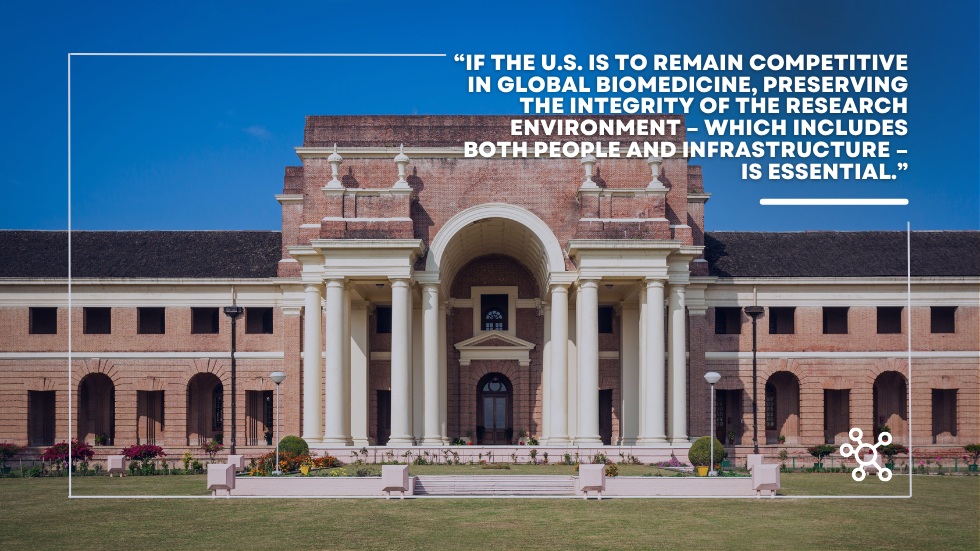Researching salary trends can give you a better understanding of the right number to shoot for when you are accepting a new job, as well as what increases you might expect as you’re advancing in your career. There are a handful of websites that can help you do your homework on your respective field. Many of these are free for job-seekers, including Salary.com, PayScale, CareerOneStop, Indeed, and Glassdoor. PayScale is a great resource for compensation information based on career field, industry and geographic location. Both hiring managers and job seekers can use it to better align their offers and expectations with others in the industry. Today, I’ve decided to dive into the salary data for research scientists in biotechnology and explore what it reveals about the current state of employment in this field.
Basics
The data is based on a survey of 2,349 scientists working in the field. While that sample size is not huge, it is large enough to be significant and revealing.
The median salary of the respondents was $83,341, with the lowest reported salary coming in at $52,000 and the highest at $114,000. Many of these scientists also received some sort of bonus, profit sharing, or commission, however, these did not have a huge impact on total compensation.
PayScale estimates that Cambridge, MA and San Francisco, CA are the highest paying cities in the United States. They offer average salaries 18% (Cambridge) and 21% (SF) higher than the national average.
Advanced
The Payscale data also revealed some interesting and unexpected insights about the career trajectory for research scientists in the biotech industry.
For instance, the average salary for entry-level professionals with less than five years of experience was $80,000 (just slightly less than the national median) but for late career professionals with 20+ years of experience it rose to only $94,000. The number of respondents from each of the two groups also reveals a significant disparity. The data would suggest that most of these professionals move into other positions with different titles, and that companies aren’t always willing to pay a premium salary in exchange for years of experience.
That seems to also be the case when we look at salary data for related professions. Research scientists from inside and outside of biotechnology, and in both entry-level and senior-level positions, all have a similar salary range. It’s only when these professionals make the leap to director that salaries really climb to the next level.
Following the most common career path is also revealing. We already pointed out that few professionals remain in this role for more than a decade. A significant majority move into some kind of project management position, essentially trading in research for leadership responsibilities.
Observations
Based on this data, it would appear that research scientists in the biotech industry face a similar dilemma as many scientists in the broader field of science: Turning the skills that brought you into the field into the skills that will earn you more money and responsibility as your career progresses.
To make that difficult evolution takes careful and proactive career planning. If you are looking for your first job, a new job, or a promotion, there are resources that can help you accomplish your goals faster. Contact our team at Sci.bio Recruiting and learn how to take control of your future.




